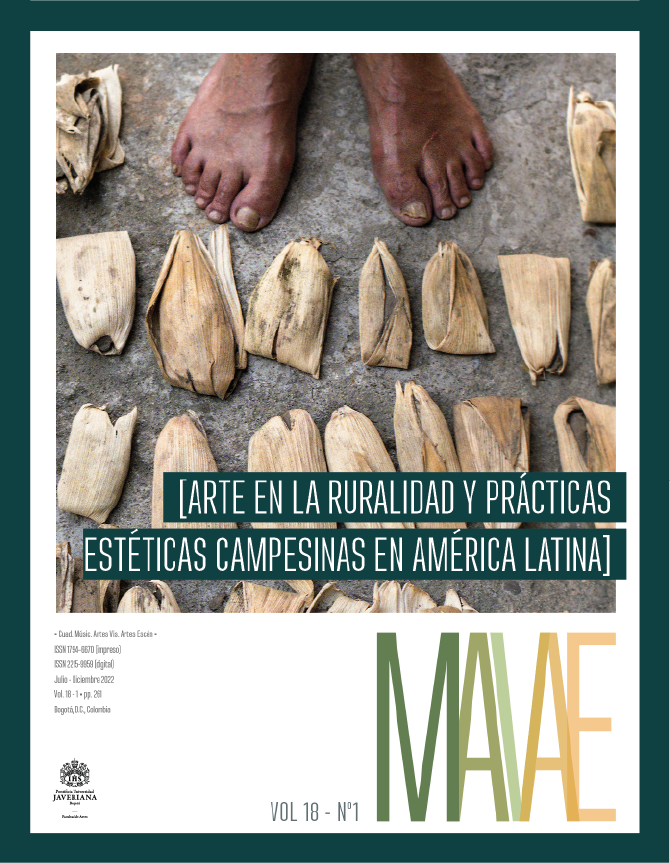Resumen
En las obras artísticas que remiten al contexto del conflicto en Colombia, se establece un campo de significados que permiten una interpretación simbólica sobre los hechos acaecidos en la realidad fáctica. En este artículo, utilizando el análisis hermenéutico, se parte de la noción de arco dramático para estudiar los vínculos entre las transformaciones que se producen en el mundo ficcional y las transformaciones de ese afuera que constituyen las realidades humanas, en este caso, las realidades de las comunidades que por mucho tiempo han habitado el territorio chocoano. Las poblaciones del Chocó tienen una larga historia de marginalización y despojo que va más allá de los límites de los acontecimientos recientes y que refleja un continuo de opresión ejercido desde poderes foráneos. En este artículo, se reconoce este hecho y se realiza un contrapunteo entre la naturaleza cerrada de dos obras dramáticas contemporáneas (Kilele y Arimbato) y la naturaleza abierta de la realidad social, lo cual visibiliza de qué forma la dueñitud de la tierra, las políticas públicas y económicas que protegen latifundistas y la explotación de los pueblos originarios y de todos los recursos naturales han creado profundas desigualdades estructurales en contravía de la vida, que no se remontan únicamente al periodo del conflicto armado.
Esta revista científica se encuentra registrada bajo la licencia Creative Commons Reconocimiento 4.0 Internacional. Por lo tanto, esta obra se puede reproducir, distribuir y comunicar públicamente en formato digital, siempre que se reconozca el nombre de los autores y a la Pontificia Universidad Javeriana. Se permite citar, adaptar, transformar, autoarchivar, republicar y crear a partir del material, para cualquier finalidad, siempre que se reconozca adecuadamente la autoría, se proporcione un enlace a la obra original y se indique si se han realizado cambios. La Pontificia Universidad Javeriana no retiene los derechos sobre las obras publicadas y los contenidos son responsabilidad exclusiva de los autores, quienes conservan sus derechos morales, intelectuales, de privacidad y publicidad.
El aval sobre la intervención de la obra (revisión, corrección de estilo, traducción, diagramación) y su posterior divulgación se otorga mediante una licencia de uso y no a través de una cesión de derechos, lo que representa que la revista y la Pontificia Universidad Javeriana se eximen de cualquier responsabilidad que se pueda derivar de una mala práctica ética por parte de los autores. Como consecuencia de la protección brindada por la licencia de uso, la revista puede publicar retractaciones o corregir la información ya publicada. La publicación de contenidos en esta revista no representa regalías para los contribuyentes.


